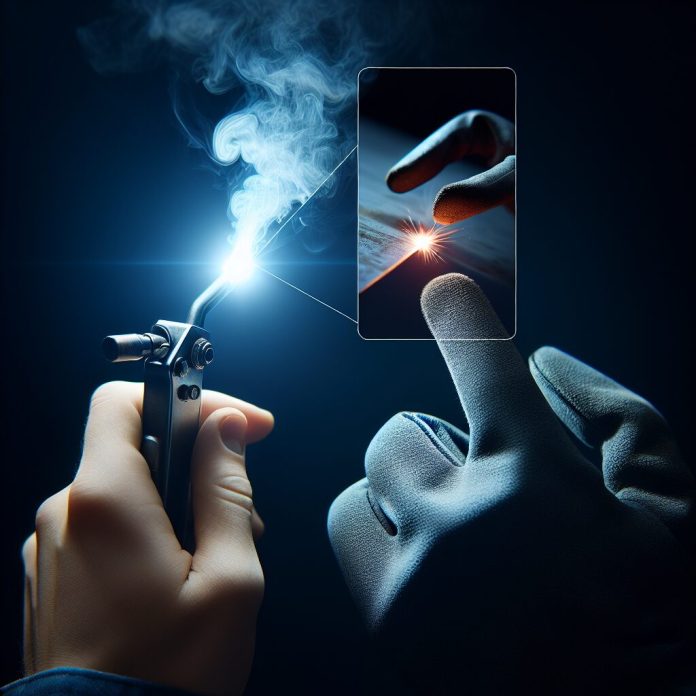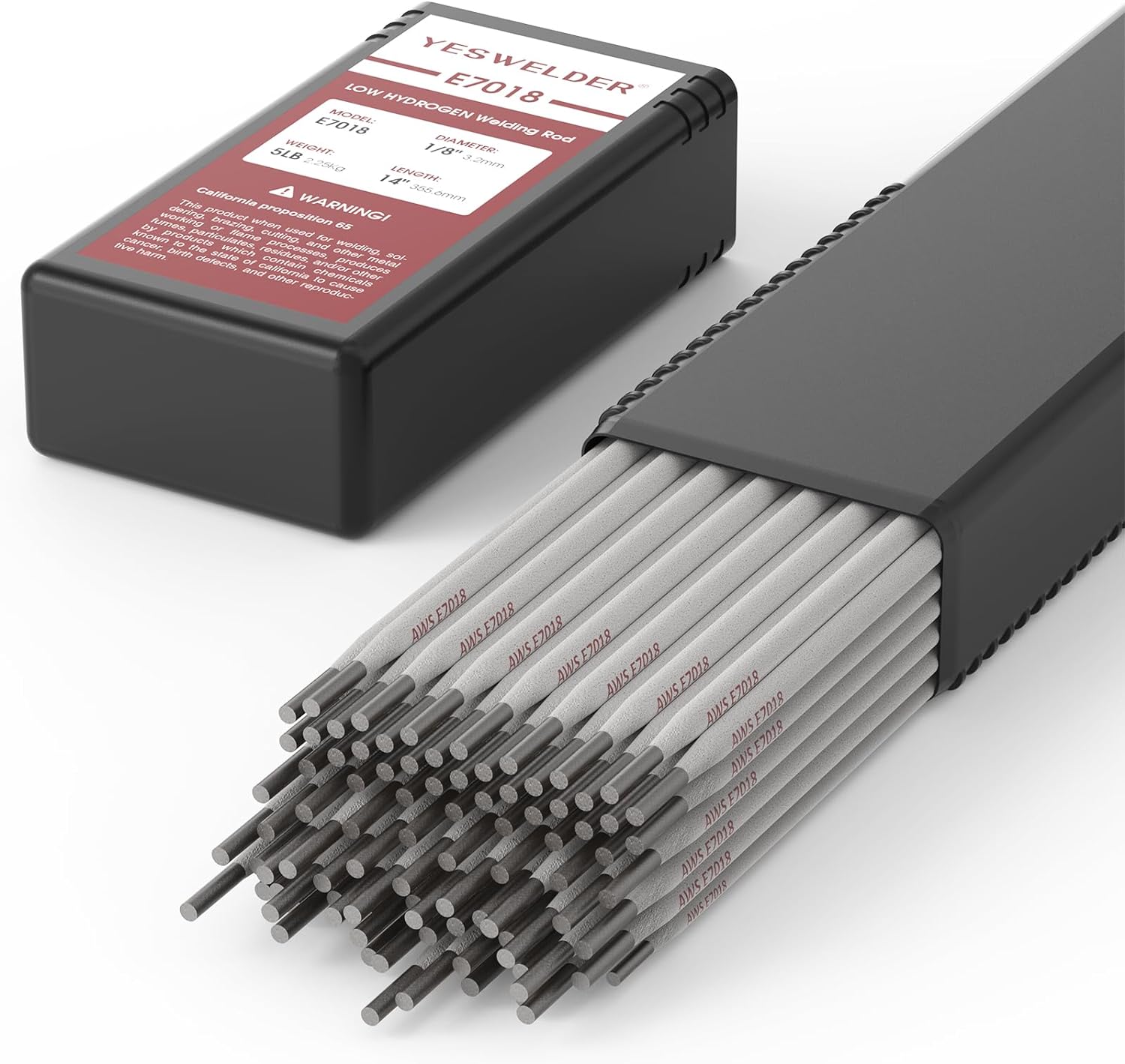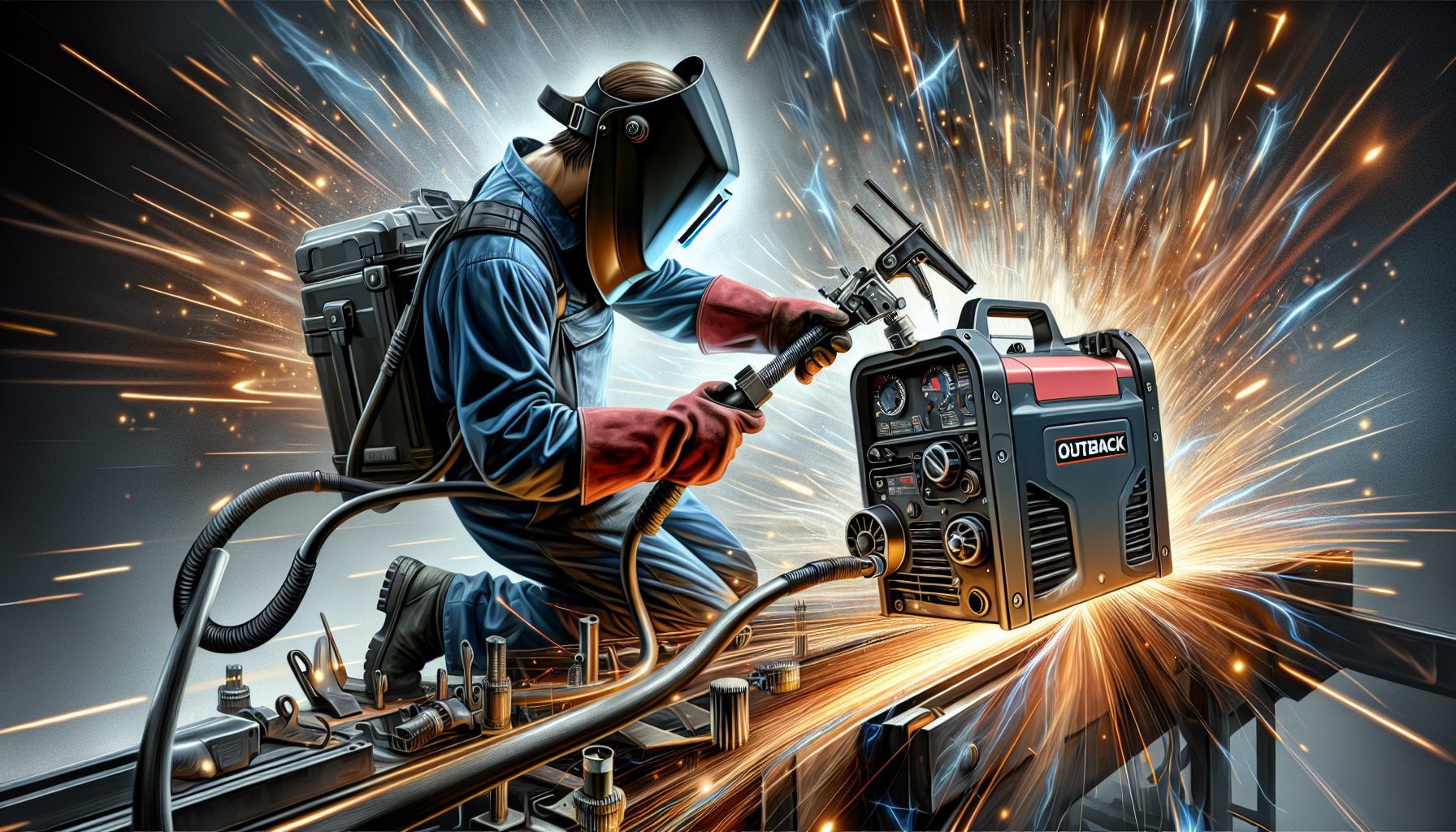In the world of welding, there are several common defects that can occur in the welding process. From incomplete fusion to porosity, these flaws can compromise the integrity and strength of the weld, leading to potential failures. Understanding these common welding defects is crucial for welders to ensure the quality and reliability of their work. So, let’s explore these defects and learn how to identify and prevent them for a flawless welding experience.
Common Welding Defects
When it comes to welding, achieving a strong and durable weld is of utmost importance. However, there are several common welding defects that can compromise the integrity of the weld and lead to potential failures. Understanding these defects and their causes is essential for any welder who strives for perfection. In this article, we will explore some of the most common welding defects, including incomplete fusion, incomplete penetration, porosity, undercut, overlap, cracks, burn-through, spatter, distortion, and weld metal contamination. We will discuss what each defect entails, what causes them, and how they can be prevented or rectified.
Incomplete Fusion
Incomplete fusion occurs when the molten metal fails to completely fuse with the base metal or previously deposited weld metal. This results in a weak and unreliable weld joint. Incomplete fusion can be caused by factors such as improper welding technique, inadequate heat input, improper joint preparation, or insufficient cleaning of the base metal surface. To prevent incomplete fusion, it is crucial to ensure proper heat input, maintain suitable welding parameters, and prepare the joint surfaces adequately.
Incomplete Penetration
Similar to incomplete fusion, incomplete penetration means that the weld metal does not fully penetrate the joint, resulting in a weak and inadequate weld. This defect can occur when the welder fails to achieve the required weld depth or when improper joint design is used. It can also happen due to insufficient heat input or incorrect travel speed. To avoid incomplete penetration, welders should carefully follow the welding procedure, use appropriate filler metals, and ensure sufficient heat input to achieve the desired penetration.
Porosity
Porosity refers to the presence of small gas pockets or voids within the weld metal. These gas pockets can weaken the weld and adversely affect its mechanical properties. Porosity can occur due to various reasons, including inadequate shielding gas, improper cleaning of the base metal, excessive moisture in the welding electrode or filler metal, or excessive welding speed. Proper shielding gas coverage, thorough cleaning of the base metal, and appropriate handling of electrode or filler metal can help prevent porosity.
Undercut
Undercut is characterized by a groove or depression along the edges of the weld joint. It occurs when the base metal adjacent to the weld is melted away, leaving a concave defect. Undercut can be caused by excessive heat input, improper welding technique, or improper joint preparation. It can also result from excessive welding speed or inadequate travel speed. To prevent undercut, welders should control the heat input, use suitable welding parameters, ensure proper joint preparation, and maintain a consistent travel speed.
Overlap
Overlap, also known as cold lap or overlap bead, refers to a situation where the weld metal does not properly fuse or overlap with the previously deposited weld bead. This defect can occur when the welding technique is incorrect, the welding angle is improper, or there is insufficient overlap between weld passes. Overlap can also be caused by inadequate cleaning of the base metal, excessive welding speed, or insufficient filler metal deposition. To avoid overlap, welders should use proper welding technique, maintain suitable welding angles, ensure a sufficient overlap between weld passes, and clean the base metal thoroughly.
Cracks
Cracks are among the most severe welding defects as they can lead to catastrophic failures. They can occur in various forms, such as longitudinal cracks, transverse cracks, or crater cracks. Cracks can be caused by factors such as high residual stresses, rapid cooling of the weld, excessive heat input, or improper joint preparation. To prevent cracks, welders should carefully manage heat input and cooling rates, use suitable preheating and post-weld heat treatment techniques, and ensure proper joint design and preparation.
Burn-Through
Burn-through refers to a situation where the weld metal completely penetrates the base metal, resulting in a hole or opening. This defect can occur when excessive heat input is applied or when the base metal is too thin or weak. Burn-through can also happen when the welding speed is too slow or when there is insufficient control over the welding parameters. To prevent burn-through, welders should carefully control the heat input, adjust the welding parameters to suit the base metal thickness, and ensure proper joint preparation, especially for thin or weak materials.
Spatter
Spatter refers to the small droplets of molten metal that are expelled during welding and adhere to nearby surfaces. Spatter can be unsightly and cause surface contamination. It can also affect the quality of the weld and lead to porosity or other defects. Spatter is often caused by factors such as excessive heat input, improper electrode or filler metal selection, or inadequate shielding gas coverage. To minimize spatter, welders should optimize the welding parameters, choose appropriate electrode or filler metals, and ensure adequate shielding gas coverage using suitable welding techniques.
Distortion
Distortion refers to the deformation or warping of the base metal or the welded structure as a result of welding. Welding can induce thermal stresses and cause the material to expand or contract, leading to distortion. Distortion can occur due to factors such as excessive heat input, inadequate preheating or post-weld heat treatment, or improper weld sequence. To minimize distortion, welders should carefully manage heat input, use suitable preheating or post-weld heat treatment techniques, and follow proper welding sequences or clamp structures to prevent movement.
Weld Metal Contamination
Weld metal contamination refers to the presence of foreign materials or impurities in the weld metal, which can compromise the weld quality and mechanical properties. Contamination can occur due to factors such as improper cleaning of the base metal, inadequate protection of the welding area, or contamination of the welding consumables. To avoid weld metal contamination, welders should ensure thorough cleaning of the base metal, maintain proper shielding gas coverage, and handle welding consumables with care to prevent contamination.
In conclusion, understanding common welding defects and their causes is essential for achieving high-quality welds. By addressing these defects through proper welding techniques, suitable welding parameters, and adequate joint preparation, welders can ensure the integrity and reliability of their welds. It is crucial to continually educate oneself and stay updated with the latest welding practices to minimize welding defects and produce strong, durable, and flawless welds.



































